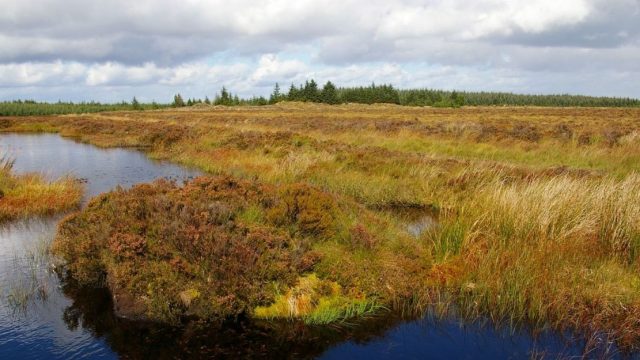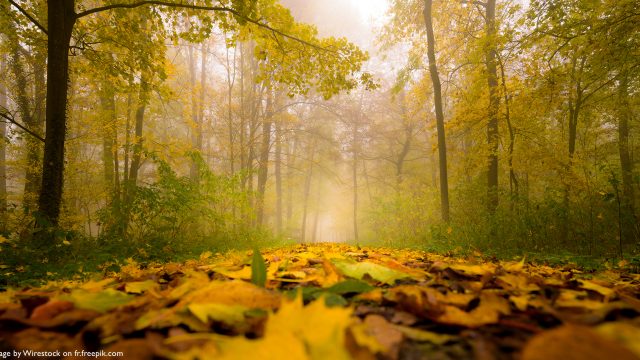Everoze Carbon removal – Part 2: Naturefund, tropical rainforest
Published 28 October 2021
In this article, Everoze Partner Ragna Schmidt-Haupt describes how the Naturefund e.V. Costa Rica rainforest bridge connects two of the largest protected ecosystems in the country and why Everoze has chosen them to support our NetZero target.
In a previous article, my colleague Ellie presented 2 of the schemes that the Everozero group has selected for this year removal of carbon to meet our ambitious netzero target. As mentioned before our primary aim is to reduce our emissions. But for the carbon we have not been able to avoid emitting, we have sought mitigation through effective carbon removal schemes. We are selecting the schemes based on a defined set of criteria around additionality, permanence and drawdown timeframe; and are checking that they are at an acceptable level of costs.
In this blog, I would like to shed some light on another scheme that we have chosen.
The Naturefund, a German nature conservation NGO with projects around the world, has been working on creating an ecological corridor between two large national parks in Costa Rica. This place has been described by National Geographic as a place with the highest biological intensity in the world. The gap to bridge is only 80km, which Naturefund, is engaging on together with the Fundación Universidad de Golfito. Illegal logging is an immediate threat and parts of the area have been deforested. With the planned conservation project this shall be prevented in the future and reforestation can happen. Planting trees in the tropics has a bigger and faster impact than planting in temperate regions. This is why within Everoze we have decided to opt for a geographically balanced mix this year. The carbon saved from this scheme with fast growing tropical trees and cheap land costs accounts for ~30% of carbon removed under the four schemes selected by Everoze for the 2020 / 21 year.
Apart from removing carbon by reforesting about 20% of the site, protecting rainforests and its ecosystem prevents its degradation which emits CO2. The CO2 degradation rate in this area is 1.4 tCO2 /Ha/year. However since we undertook our own calculations, we chose not to account for these in the carbon offset figures since it is very difficult to prove additionality (“it wouldn’t have happened otherwise”) in this context. This would have been taken into account in typical carbon removal considerations, but we felt this is not appropriate at this point, and accepted hence a higher carbon price for this project by considering the new planting only. To be clear, whilst we were unable to include accounting for protecting existing woodland, the benefits of preservation, maintenance and revitalising of an important CO2 sink and functioning ecosystem are clearly massive and usually of much higher value than planting or replanting deforested or new areas.
So here is something for you to think about. Are your NetZero plans suitably additional?
Get in touch with us if you would like to discuss this further or if we can assist you and your NetZero plans.
Everoze is also supporting one more great scheme, watch this space for further details.
References:
- Naturefund Costa Rica rainforest bridge project
- Blue Planet Certificate for this project






